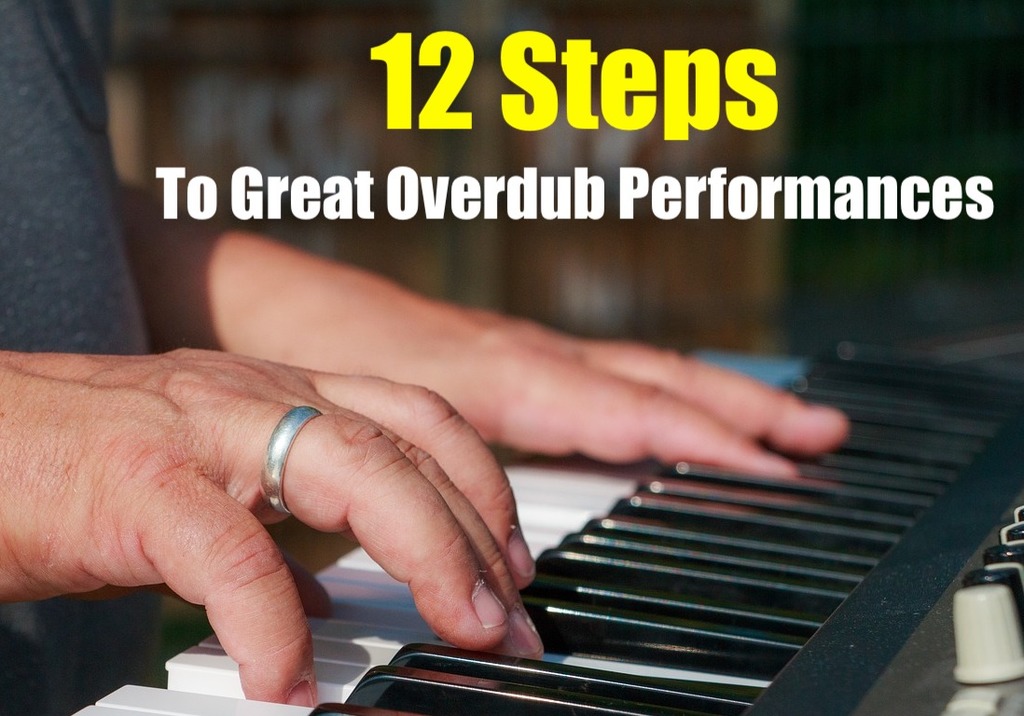- in Production by Bobby Owsinski
12 Steps To Great Overdub Performances

Many times the ear candy of an overdub session can really make or break a song, but sometimes it’s not easy to create to capture that magic. Here’s an excerpt from the second edition of my Music Producer’s Handbook that can act as either an outline or as a reminder to check a number of critical points both before and during your overdub session. It’s 12 steps that you can take that can help you get great overdub performances.
“1. Do you have a list of overdub priorities? Do you know which overdubs absolutely must get done and which ones are less important? A list will keep you on track budget-wise and time-wise.
2. Can you record in the control room? Most players prefer to record in the control room because they like to hear what you’re hearing and they like the immediacy of the communication.
3. Are there too many people in the control room or studio? The fewer the people, the fewer the distractions. It’s best to keep all friends, associates, and hangers-on out of the studio when you’re working to keep the distractions to a minimum.
4. Did you move the vocal or the instrument into the big part of the studio? All instruments sound best when there’s space for the sound to develop, so move the vocal or the instrument into the big part of the studio for overdubs (after you’ve done any basic track fixes). You can cut down on any unwanted reflections from the room by placing baffles around the mic and player.
5. When doubling, are you trying to do something a little different on each track? Using a different mic, mic preamp, room, singer, or distance from the mic will all help to make the sound get bigger.
6. When doubling or adding more guitars, do you have a variety of instruments and amplifiers available? Two guitars (a Les Paul and a Strat, for instance) and two amplifiers (a Fender and a Marshall is the classic combination) combined with different pickup choices will allow a multitude of guitar tracks to live in the mix together more effectively.
7. Are you making it sound better, not just different? Changes aren’t always for the better. Is there a big difference between what you just recorded and the original part? Does the new part make everyone in the studio go crazy in a good way?
8. Would it be better to try recording the part tomorrow? You’d be surprised how much more you can accomplish when you’re fresh.
9. Do you have the studio talkback mic on? Can you hear the musicians in the studio at all times between takes? If they’re talking to you but you can’t hear them, they’ll feel isolated.
10. Do you always have the control room talkback mic on? Can the musicians hear you at all times in between takes? Periods of silence can be a mood killer.
11. Does a musician want to play his or her part again? If a player feels strongly about playing it over, he probably can do it better. Be sure to keep the last recorded part before recording again.
12. Are you observing the 3 Ps for vocal performances? This includes Pitch, Pocket and Passion. You can’t get great vocal overdub performances without all 3.”
Overdub performances come down to inspiration first and foremost, but these steps can help you or your artist get there a lot faster.
You can read more from The Music Producer’s Handbook and my other books on the excerpt section of bobbyowsinski.com.

